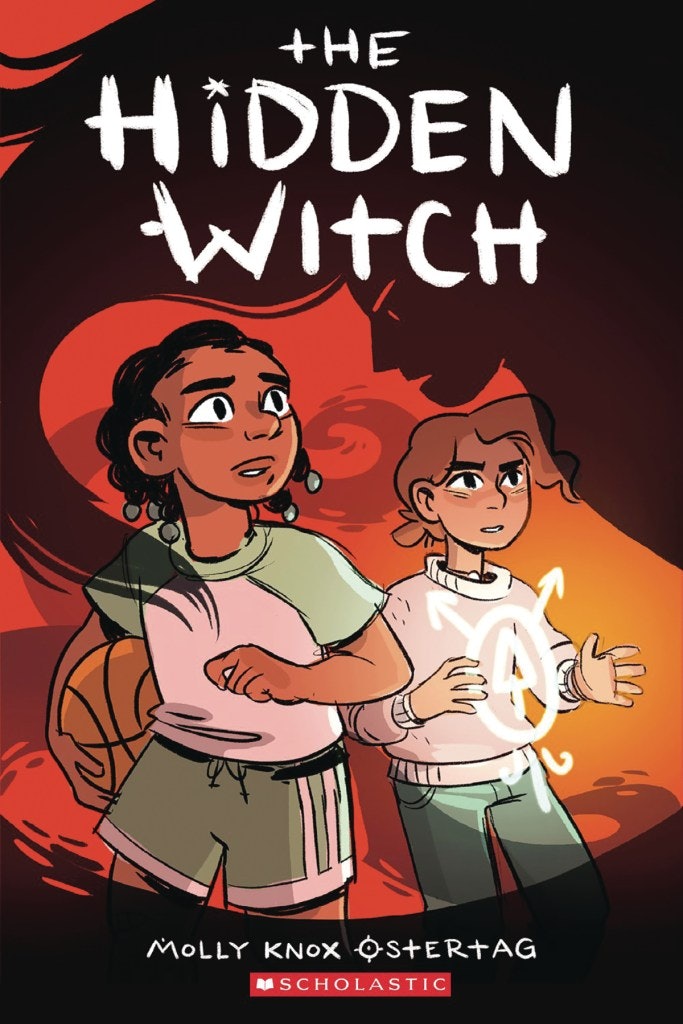
While visiting Hecate for her grandmother's Bask, an awesomely named event, a sort of lifetime achievement award, that honors an "especially accomplished sorceress," Moth pockets a charm that will "transform its wearer into a bolder, more self-assured version of themself with increased powers of persuasion and magnetism." Her school life gets even worse when she unknowingly twins with a teacher ridiculed by his students, a teacher her mom ends up dating. Bullied and teased by her classmates, Moth is not happy about the end of vacation. Steinkellner, gratefully, begins with a prologue, narrated by Mr. The Okay Witch and the Hungry Shadow begins as winter break comes to a close, a couple of months after the events of the first book.

What makes Steinkellner's storytelling extra special are thoughtful challenges she skillfully layers into her novels, which travel between our world and Hecate, an alternate world and safe haven created by Moth's maternal grandmother, Sarah, when her coven was persecuted in their adopted home of Founder's Bluff, Massachusetts, in the 17th century. Steinkellner makes superb use of these concepts in her debut graphic novel, The Okay Witch, and the sequel, The Okay Witch and the Hungry Shadow. Given a power to change something in your life, will you use it? And will this power corrupt you? Most adolescents wish aspects of their lives could be different and magical powers holds out the promise of real, immediate change. Magical powers also make for magnificent morality plays.


Coming into one's magical powers is the literal confirmation of what we all believe when we are little - that we are special, but we're just not sure exactly how, and somewhere inside us this specialness is waiting to blossom - and is an ideal metaphor for the change from child to (young) adult. Magical powers are such the perfect gift to give a tween-teen characters, especially in a graphic novel, for so many reasons.


 0 kommentar(er)
0 kommentar(er)
